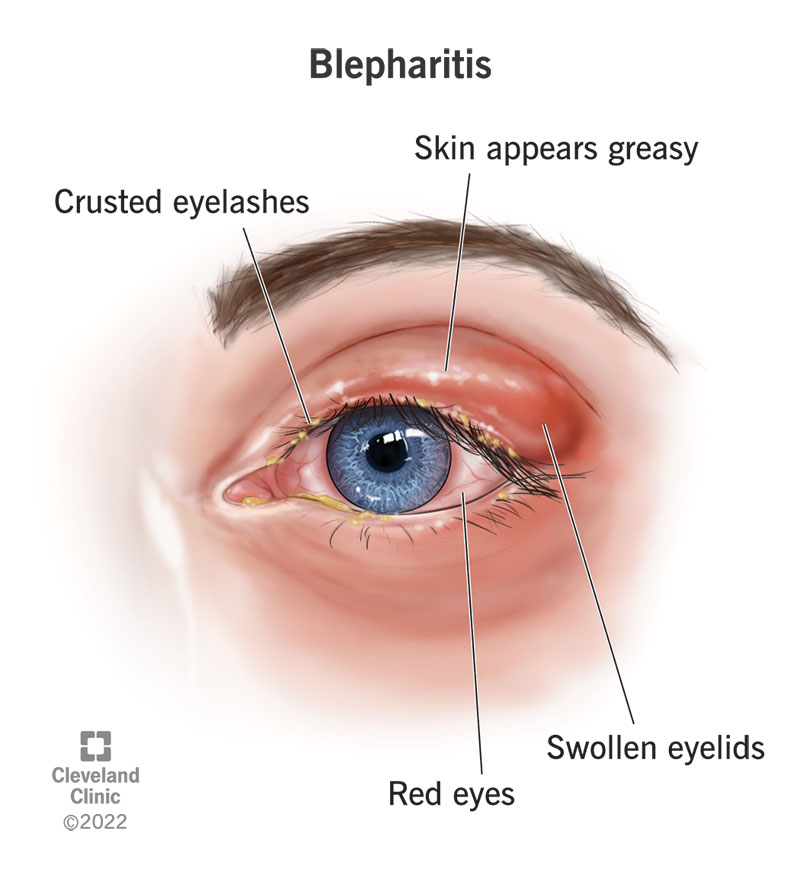All Categories
Featured
Long term exposure to ultraviolet (UV) rays can lead to numerous eye conditions, some of which may result in long-term damage or vision loss. Whether you're outdoors on a sunny beach or taking a walk on a cloudy day, comprehending just how UV rays impact your eyes and discovering just how to secure them is vital for preserving healthy vision.
What Are UV Rays and Just How Do They Impact the Eyes? UV rays are a type of invisible radiation released by the sun. There are three kinds of UV rays:
UVA Rays: These permeate deeply right into the skin and eyes, adding to long-term damage. UVB Rays: These are extra intense and can trigger surface-level injury, such as sunburn or corneal damage. UVC Rays: These are one of the most dangerous yet are taken in by the Planet's environment and seldom posture a direct danger. Both UVA and UVB rays can harm various components of the eye, including the cornea, lens, and retina.
Short-Term Impacts of UV Direct Exposure. Also a brief duration of intense UV direct exposure can damage your eyes. A common problem arising from this is photokeratitis, often defined as "sunburn of the eye." Signs consist of:
Excruciating or red eyes. Level of sensitivity to light. Excessive tearing. Short-lived blurry vision. Photokeratitis is typically short-term yet works as a pointer of the instant risks of UV radiation.
Long-Term Results of UV Direct Exposure. Cumulative UV direct exposure in time can result in a number of extreme eye problems, including:

Cataracts: UV rays speed up the advancement of cataracts, a condition where the lens of the eye comes to be cloudy, resulting in vision problems. Cataracts are a leading root cause of loss of sight worldwide.
Macular Deterioration: The macula, a part of the retina in charge of central vision, can be harmed by prolonged UV exposure, raising the danger of age-related macular deterioration (AMD)
Pterygium: Typically called "web surfer's eye," this condition entails a development of cells on the white part of the eye, which can expand over the cornea and hinder vision.
Pinguecula: UV direct exposure can cause yellow-colored places to form on the conjunctiva, bring about irritability and pain.
Skin Cancer Around the Eyes: The fragile skin bordering the eyes is highly prone to UV radiation, increasing the threat of basic and squamous cell carcinoma.
Shielding Your Eyes from UV Damage. Fortunately is that shielding your eyes from UV radiation is basic and efficient. Right here are some vital tips:
Use UV-Blocking Sunglasses. Select sunglasses that obstruct 100% of UVA and UVB rays. Try to find labels showing "UV 400" security. Wrap-around styles provide added protection, stopping UV rays from going into from the sides.
Utilize a Wide-Brimmed Hat. A hat with a large border can obstruct nearly 50% of UV rays, providing added protection for your eyes and the delicate skin around them.
Avoid Top Sun Hours. UV rays are greatest between 10 a.m. and 4 p.m. Minimize your exterior direct exposure during these hours, or guarantee you're effectively safeguarded if you need to be outside.
Safeguard Your Eyes Year-Round. UV rays exist year-round, also on gloomy or snowy days. Snow, sand, and water can show UV rays, intensifying their impacts. Make sunglasses a component of your day-to-day regimen, no matter of the period.
Take Into Consideration UV-Blocking Call Lenses. Lots of contact lenses now supply UV protection, which can be an added secure when coupled with sunglasses.
Urge Eye Defense for Children. Children's eyes are more at risk to UV damage since their lenses are clearer, enabling more UV light to get to the retina. Guarantee they put on sunglasses and hats when playing outdoors.
Set Up Routine Eye Examinations. Normal visits to an eye treatment professional are crucial for checking your eye health. An eye doctor can identify early indicators of UV-related damages and advise services, such as prescription sunglasses or UV-blocking glasses customized to your requirements.
Verdict. UV rays might be undetectable, but their influence on your eye wellness is really genuine. From temporary pain to lasting conditions like cataracts and macular deterioration, the threats of UV direct exposure are as well significant to overlook. By wearing UV-blocking sunglasses, limiting your direct exposure during optimal hours, and organizing normal eye exams, you can safeguard your vision and delight in the outdoors safely. Keep in mind, your eyes are one of your most useful properties-- take the required steps to protect them from unsafe UV rays today.
Latest Posts
Uncover Exceptional Car Repair Solutions from Montclare Auto Repair – Keep Your Car Running Smoothly
Explore Premier Vehicle Maintenance Services from Montclare Auto Repair – Keep Your Car Running Smoothly
Specialist Business Roofing Solutions in North Platte, Nebraska
More
Latest Posts
Uncover Exceptional Car Repair Solutions from Montclare Auto Repair – Keep Your Car Running Smoothly
Explore Premier Vehicle Maintenance Services from Montclare Auto Repair – Keep Your Car Running Smoothly
Specialist Business Roofing Solutions in North Platte, Nebraska